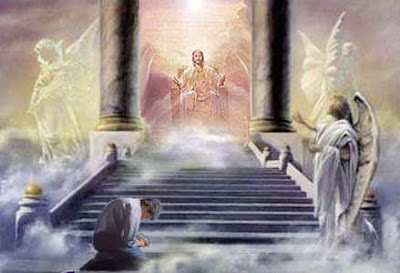marwaarsanios.info – Heaven, often depicted as the abode of God and the righteous after death, is a concept deeply rooted in various religious traditions. Central to this idea is the Throne of Grace, a symbol of divine authority and mercy. This article explores the majesty of Heaven’s throne, its significance, and its representation across different faiths.
The Biblical Perspective
In Christian theology, the Throne of Grace is mentioned in the Bible, particularly in the Book of Hebrews. It is described as the seat from which God dispenses His grace and mercy to those who approach Him in faith. The imagery of the throne emphasizes God’s sovereignty and the reverence due to Him.
Islamic Interpretations
Islam also has a rich tradition regarding the throne of God, known as the ‘Arsh in Arabic. The Quran describes the throne as encompassing the heavens and the earth, symbolizing God’s omnipotence and omnipresence. The throne is often depicted as the pinnacle of divine majesty and authority.
Artistic and Literary Representations
Throughout history, artists and writers have sought to capture the majesty of Heaven’s throne in their works. From the intricate details of medieval manuscripts to the grand visions of Renaissance painters, the throne has been a recurring motif, representing the ultimate in divine beauty and power.
The Throne of Grace in Worship and Devotion
For many believers, the concept of the Throne of Grace is not just a theological idea but a source of comfort and inspiration in worship and devotion. It serves as a reminder of God’s loving-kindness and the promise of His presence in the lives of the faithful.
Conclusion
The Throne of Grace stands as a testament to the majesty of Heaven and the divine. Whether through scripture, tradition, or artistic expression, it continues to inspire awe and reverence. As a symbol of God’s sovereignty and mercy, it offers a glimpse into the splendor of the divine realm and the hope of eternal life.

